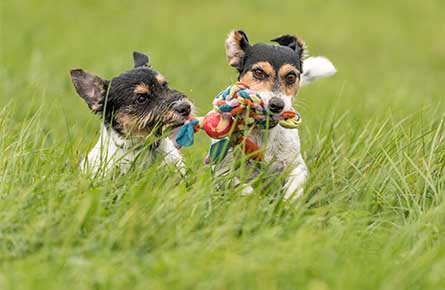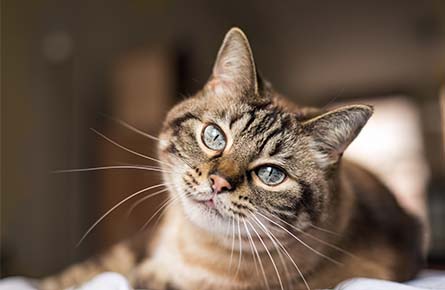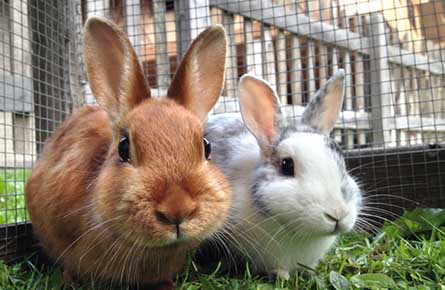Pet Dentistry in Wood Green
Bad breath can be an early sign of dental disease, which is estimated to affect at least 70% of adult dogs and cats. Dental disease starts with a build up of plaque and bacteria. These bacteria then cause gingivitis (redness of the gums) and bad breath. This causes pain to the animal and damage to the tooth roots. In addition, these bacteria can spread to other organs in the body, including the heart, kidney and the liver.
Treatment usually involves a dental scale and polish, which is carried out under general anaesthesia. During this procedure, plaque is removed and, if the disease is severe, some teeth may need to be extracted.
Regular dental checks can be done to help the vet monitor your pets teeth and advise when treatment is needed. It’s always easier to prevent dental problems than to treat them.
Signs of dental disease in pets
|
We are happy to answer any questions you may have, as well as advising you on the recommended products or dental diets for your pet. Contact your nearest MetroVet branch for a consultation.
Find out more about dental care for your dog, cat or rabbit by clicking the links below.



